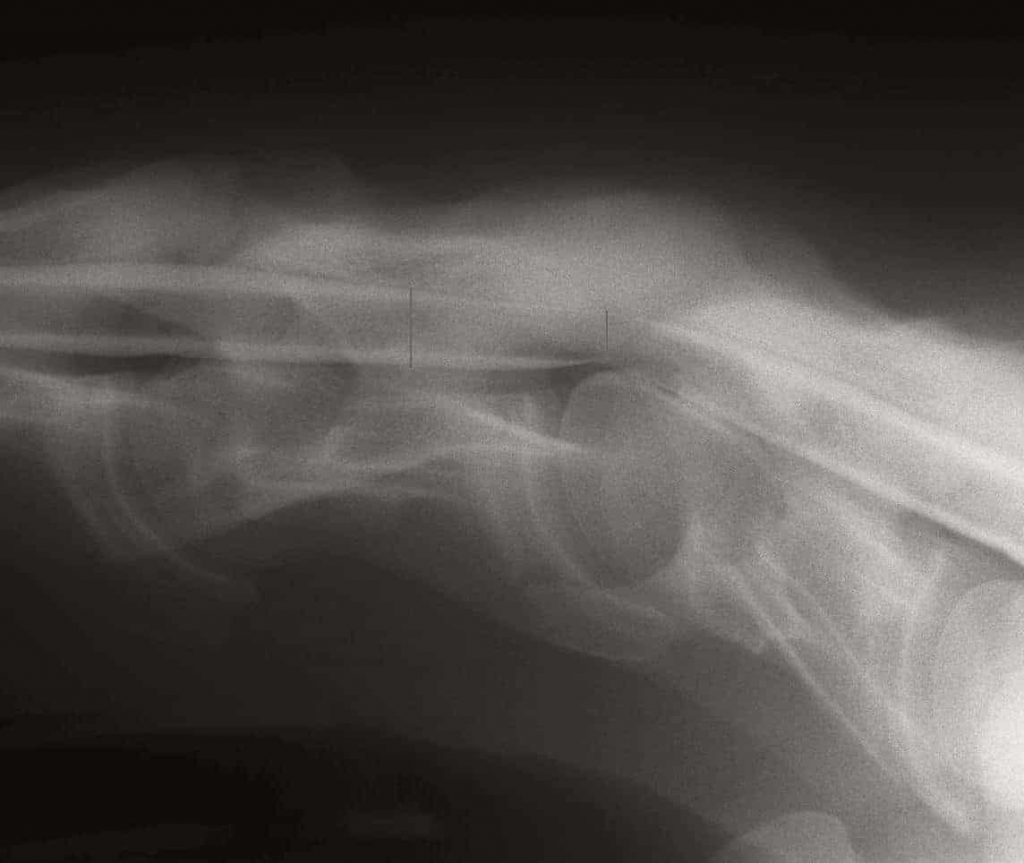
Case Study: Rehabilitating the Neurologic EPM Horse
Slow, progressive exercises help improve a horse’s strength and stability when recovering from this neurologic disease. Read more in The Horse‘s Spring 2025 issue.

Slow, progressive exercises help improve a horse’s strength and stability when recovering from this neurologic disease. Read more in The Horse‘s Spring 2025 issue.

Researchers say bump kinase inhibitors show promise in treating horses with this neurologic disease. Learn more in the Fall 2024 issue of The Horse.

A poor outcome for a horse with EPM demonstrates the complexity of this neurologic disease.

A veterinarian explains why antiprotozoals are unlikely to create resistance among the protozoan parasites that cause EPM in horses.

A slow, steady, step-by-step approach helps veterinarians localize lesions in neurologic adult horses.

Gait-altering conditions such as EPM, wobbler syndrome, and Lyme disease can be tricky to spot and even more difficult to diagnose.

Find out what a veterinarian might look for when examining a horse that loses his balance after jumping a fence.

Implementing these rehabilitation strategies might help improve your horse’s prognosis after a neurologic diagnosis.

These difficult-to-diagnose conditions can undermine a horse’s balance and coordination.

The decision about riding horses recovering from EPM and other diseases, one vet says, involves balancing rider safety, liability concerns, and animal welfare.

Equine protozoal myeloencephalitis is a progressive and potentially fatal neurologic disease in horses caused by protozoal microorganisms, most commonly S. neurona. Sponsored by Marquis.

With proper treatment and rehabilitation, horses with neurologic conditions such as EPM and EHM can recover and live happy and healthy lives.

Cervical vertebral malformation and EPM can cause neurologic disease in horses at the same time.

Pathologists detected S. neurona DNA in preserved tissue from horses with acute and chronic neurologic disease, with and without EPM treatment history.

Once-weekly Protazil administration achieved steady-state plasma concentrations known to inhibit S. neurona, which causes EPM in horses.

Performing a serum:cerebrospinal fluid titer ratio to confirm/rule out EPM in horses (versus treating without that test) substantially decreased cost for the owner.
Stay on top of the most recent Horse Health news with
"*" indicates required fields